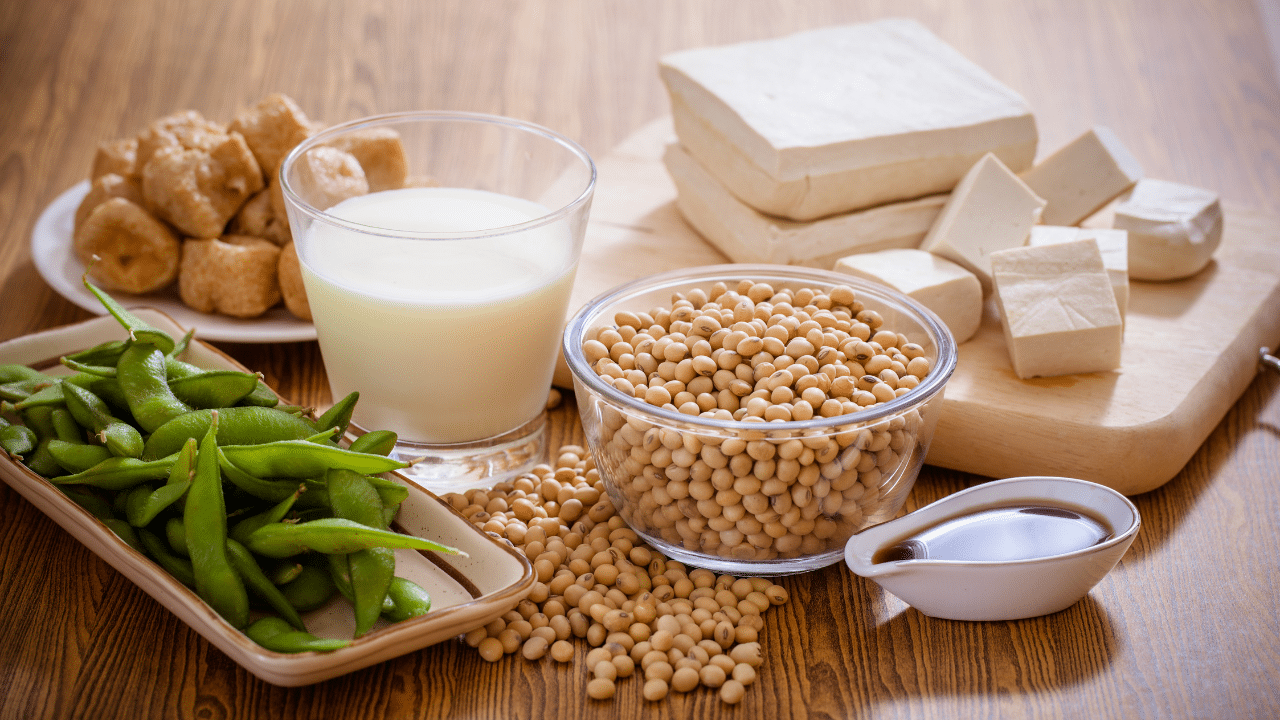
The Importance Of Donating Plasma
Blood plasma donations are slightly different from general blood donation. This is because they are intended for individuals with severe trauma, cancer, people with liver or clotting factor disorders, and those with burns. With nearly 10,000 units of plasma required daily in the United States, donated plasma can remain frozen and stored for up to a year. This guide highlights the importance of donating plasma, including the qualifications to become a donor.
Table of Contents
Here Are Ten Important Things You Need To Know About Donating Plasma
Understanding Plasma Donation
Plasma is a liquid portion of blood, making up about 55% of the blood, with 45% comprising red blood cells, white blood cells, and platelets. It is about 92% water with unique clotting factors that stops bleeding in the event of a physical injury. During the donation, plasma is collected through automation, a technology that collects plasma or platelets but not the donor’s blood.
Individuals with AB blood type are considered universal plasma donors, meaning their plasma can be transfused to different recipients regardless of blood type. While it is similar to donating blood, plasma donation is safe when you donate in certified centers. Also, ensuring you are fit and qualified before donating plasma is essential.
Qualifications for Plasma Donation
There are multiple requirements for various forms of blood and plasma donations to guarantee the safety and health of the donor after donation. Before donating plasma, the donor must:
- Be in good overall health
- Weight at least 110 pounds or more
- Pass a medical screening exam
- Be at least 18 years older
- Complete a medical history screening
- Be negative of viruses that can pass through blood, like hepatitis and HIV
Key Benefits of Donating Plasma
Besides helping recipients through plasma donation, donating plasma offers various benefits making it mutually beneficial to donors and patients. One of the top perks of donating plasma is that donors are compensated for their time. In addition, becoming a regular donor helps improve general body health, including physical health, mood, and stress levels.
With that, here are six ways donating plasma can help donors.
Reduce Cholesterol Levels
Plasma donations play a crucial role in making donors more aware of their diets, positively impacting general physical health. With regular plasma donation, donors can reduce bad cholesterol levels and improve good cholesterol levels, mainly in women. Research shows that donors with high total cholesterol levels who donate plasma regularly can easily regulate cholesterol in their bodies.
Generally, high cholesterol levels can increase the risk of heart disease and heart attacks. Donating plasma more often ensures the body develops new plasma and minimizes various health risks. As a result, plasma donation provides life-saving medicine to recipients who require it.
Potential Income
Most people donate plasma with the intent of earning a substantial amount of money. With the appointment taking about an hour, donors can make up to $40 for every hour they spend donating plasma. Unlike blood donation, plasma donation can be a lucrative and flexible source of income. However, learning when to donate within a specific period is crucial since some donors can make up to two weekly donations.
Boost Your Mood
Studies show that helping others also positively impacts the person offering support. Therefore, donating plasma to recipients has a positive impact on donors, which helps improve their mental state. It is an act of giving to help others while helping the donor to achieve a sense of happiness, increase endorphins, lower stress levels, and foster social connections.
Lower Blood Pressure
In addition to reducing the total amount of cholesterol levels, becoming a consistent plasma donor can include residual effects on critical signs such as blood pressure. Studies show that blood pressure has a link to plasma donation, whereby regular donations decrease the impact of the condition. This is relatively true, especially for people with high baseline blood pressure levels. Hence, donating plasma more often can lower blood pressure and reduce its negative impact.
Maintain a Healthy Diet
Donating plasma more often can steer plasma donors toward healthier eating habits. Donor centers encourage donors to eat nutritional foods and balanced diet meals with iron, Vitamin C, and protein. Donors should also drink adequate water to ensure smooth donation procedures. This means a well-hydrated body leads to more dilated veins allowing for better blood flow during appointments.
In addition, nutritious foods and drinking enough water help the body replenish lost fluids faster, especially with plasma being mostly water. Medical professionals also discourage eating fatty foods while limiting alcohol and caffeine consumption. It can lead to a better diet with adequate moderation and following your donation center’s instructions on what to eat before and after plasma donation.
Make a Positive Impact
Medical professionals can use plasma to develop a medicine that treats chronic conditions such as bleeding disorders, immune deficiencies, and other rare illnesses. Besides, millions of people around the world require plasma transfusion, recovery, and medicines derived from donated plasma. While it is difficult to produce plasma synthetically, recipients receiving the liquid through receive protein therapies like clotting factors and intravenous immunoglobulin rely on donors. Therefore, donating plasma with the goal of helping others is a considerable impact.
What is the Plasma Donation Process?
Regular blood donation and plasma donation are similar processes but with slight differences. Both methods take a few minutes, but plasma donation can take more time compared to blood donation. A medical professional removes blood from the donor and sends it to the laboratory for a normal blood donation process. Here, the blood gets separated from primary parts before transfusion, yielding red blood cells, plasms, and platelets.
For plasma donations, a medical professional will remove blood from the donor’s arm and pass it through an automated procedure that separates plasma from the blood. The remaining components dissolved in saline can be returned to the donor. The entire process often occurs with the donor in the donation chair, which is finalized with the blood transfused to the donor.
Bottom Line
The benefits of donating plasma are huge and value the recipient and donor in various ways. From earning some money and improving overall body health to making an impact, plasma donations accompany a range of importance.






